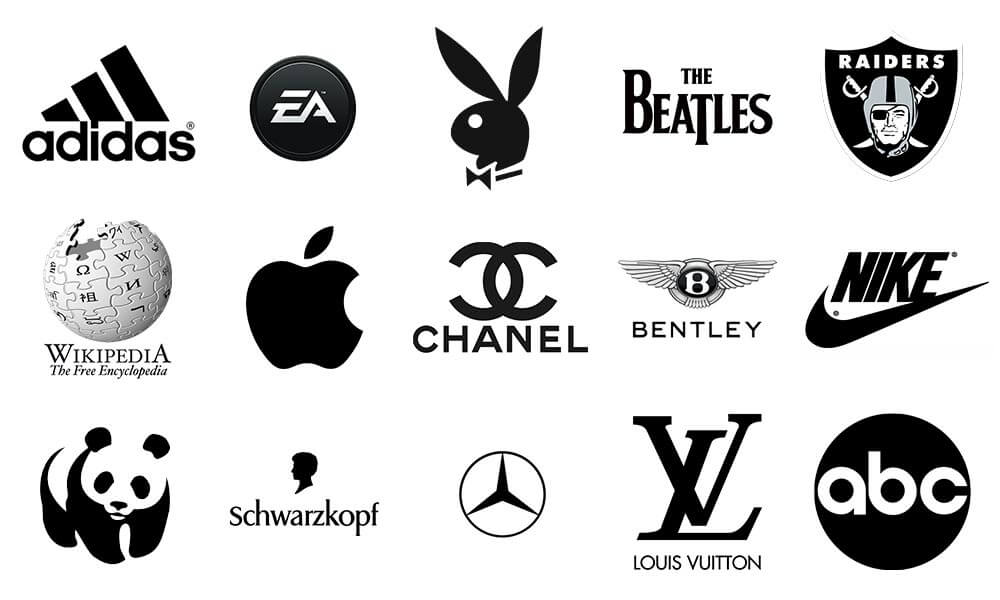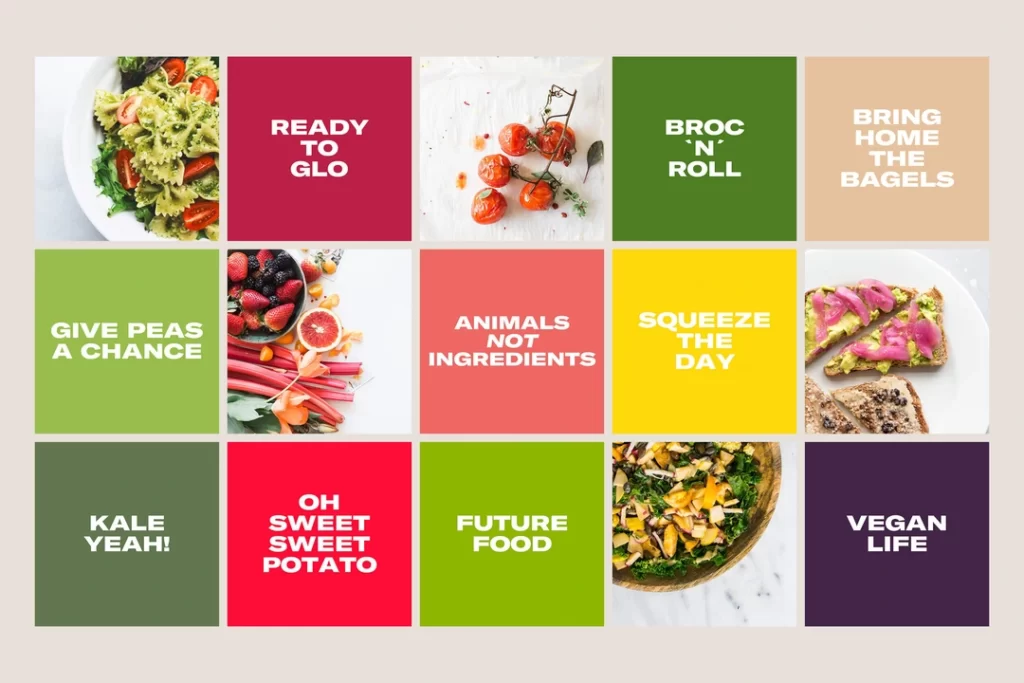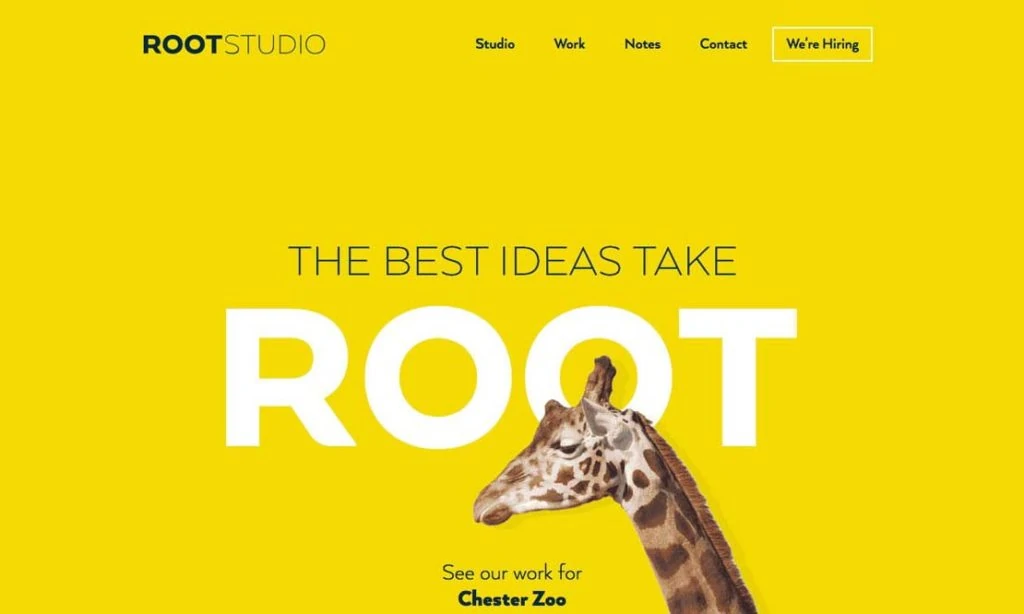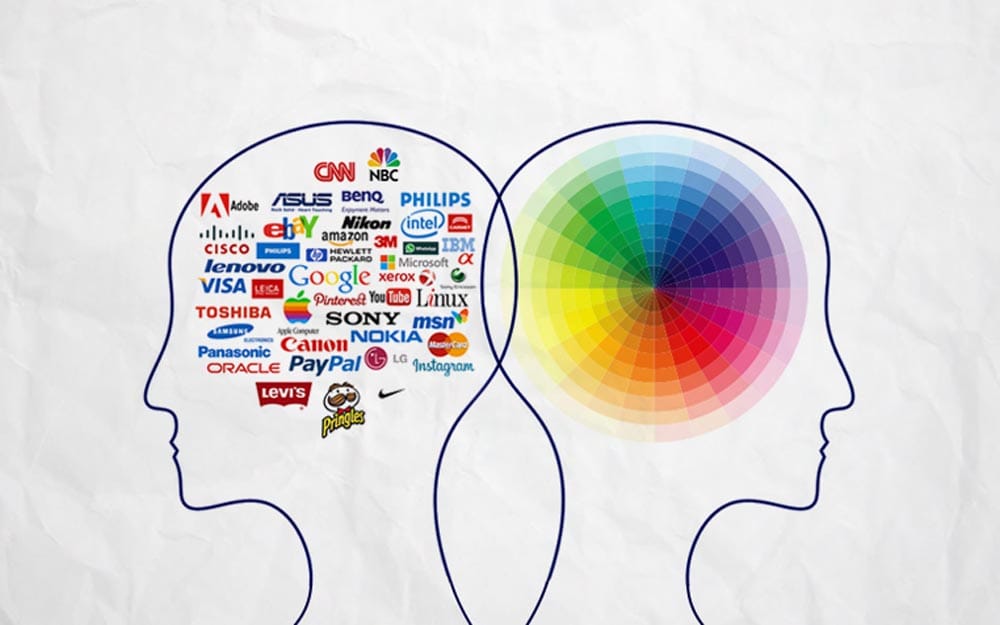The Profound Connection of Colours Associated with Emotions
The hues surrounding us have an intriguing power over our moods and recollections. From the warm vermillion that stirs passion to the cool cerulean that evokes tranquillity, colours captivate us in a way few other things can. Their ability to stir our emotions, conjure vivid memories, and subtly shape our perceptions has fascinated humankind for millennia.
Modern research has uncovered just how intricately intertwined colours and emotions genuinely are. Studies show certain hues can raise or lower our heart rates, impact our decision-making, and even influence our behaviour, often without us realising it. The causes behind these effects are complex, involving psychological associations, biological reactions, and cultural connotations.
This deep dive will unravel the enigmatic relationship between colours and emotions. We'll explore how different hues impact our moods, both positively and negatively. We'll uncover why specific colours summon certain memories and associations within us. We'll learn how colour psychology is applied in fields like design, marketing, and medicine to influence human thoughts, feelings, and actions subtly.
Colours speak to us profoundly, from the nostalgic goldenrod hues of childhood to the passionate scarlet tones of love and excitement. By illuminating the science, psychology, and history behind these effects, we'll better appreciate the subtle power of colour in our lives. From their evolutionary origins to their modern-day applications, the vibrant spectrum around us tells a captivating story about human nature.
Table of Contents
The Language of Colours Associated with Emotions

Colours have the extraordinary ability to communicate without words. Though silent, their messages are powerful and evoke emotions, associations, and meanings that transcend verbal language. As words convey specific ideas, colours carry symbolism, cultural significance, and psychological influence.
The colour red, for example, is commonly associated with passion, love, intensity, and excitement across many cultures. This is likely because red is the colour of blood and the heart, connecting it to intense emotions and vitality. Historically, red has had ceremonial importance and has been associated with power, courage, and war in many ancient societies. It is still used to express romance, urgency, and enthusiasm. Red grabs attention raises pulse rates, and ignites feelings – its messages are bold and intense.
Contrastingly, blue elicits a very different set of associations. It is often connected with tranquillity, trust, loyalty, wisdom, and reliability. These links originate from blue's connection to the ocean's depths and open sky. These expansive blues in nature inspire feelings of stability, infinity, and calm. Blue is also soothing due to its cool undertones. Historically, blue was linked to prophecy and divinity in ancient Egypt, later associated with conservatism and decorum. Today, we still rely on steadfast, dependable blue for comfort and security.
While different cultures have their specific colour symbolism, many of these associations are universal, originating from shared human experiences, biology, and psychology. Colours speak silently, but their messages resound across barriers of language and culture. Though we may not know them, these colour meanings permeate our perceptions, relationships, choices, and reactions. The power of colour should not be underestimated.
Cultural Influences on Colour Perception

The meanings and symbolism of colours can vary tremendously across different cultures and societies. A colour that evokes one set of associations in one cultural context can have very different connotations in another. These differences highlight how cultural values, customs, history, and beliefs profoundly shape colour symbolism and meaning.
For instance, in many Western cultures today, white is strongly associated with purity, cleanliness, and weddings. Brides often wear white gowns, representing virginity and innocence entering marriage. White is also associated with hospitals and medicine, clean linens, and cleanliness in general. However, in some Eastern cultures, white is the colour of mourning and funerals. In traditional Chinese culture, white clothing is worn at funerals, and white flowers are typical funeral offerings. This stems from the symbolic yin-yang dichotomy of Chinese philosophy, where white represents the mourning yin energy.
The colour red offers another example of divergent meaning. In North American and European cultures today, red often symbolises passion, romance, aggression, danger, or violence. However, in many other cultures historically and today, red is the colour of good fortune, celebration, and prosperity. In China, red is a quintessentially optimistic colour associated with luck, happiness, and positive energy. Chinese people wear red for holidays and weddings. In India, red symbolises purity and the sacred, frequently appearing at Hindu weddings, on temple offerings, and during festivals like Holi.
These examples illustrate how colours take on symbolic meaning within cultural frameworks of values and beliefs. Their intentions are not fixed universals but are moulded by different societies' diverse histories, customs, stories, and worldviews. Examining the culturally situated symbolism of colours provides a window into the complex interplay between culture, perception, and meaning-making. Even essential sensory experiences like colour are shaped by the diverse lenses through which different cultures understand the world.
The Role of Personal Experience
Our individual life experiences can highly influence our emotional responses to different colours. A colour that evokes warm, positive feelings in one person may elicit very different reactions in someone else. For example, yellow might remind one person of happy days spent in a sun-filled kitchen with their grandmother as a child. However, that exact shade of yellow could cause someone else to feel sadness or anxiety because it brings to mind cautionary traffic signs.
Our brains forge connections between colours and the memories, places, people, and events we associate with them throughout our lives. Getting engaged in a rose garden might forever link the colour pink with love and romance in someone's mind. Or consistently seeing pale blue walls in hospital rooms could tie that cool, peaceful hue to feelings of pain, grief, or fear for another person. Even favourite colours adopted in childhood can have deep emotional resonance lasting well into adulthood.
Because colour perception stems from such a complex interplay of optical, neurological, and psychological factors, there are few universal emotional reactions to particular hues. While some cultural colour associations exist, emotional responses remain primarily based on our encounters and experiences. This uniqueness is part of what makes colour psychology and symbolism such an intriguing field of study. It highlights the profoundly personal nature of how we see, interpret, and feel colour in the world around us.
The Psychology of Colour
Understanding the psychology of colour involves delving into how different colours evoke specific emotions and influence human behaviour. While not everyone will have identical emotional reactions to the same colour, some general trends and associations can be explored.
Warm Colours: Energetic and Passionate

The use of colour in design and marketing is highly strategic, as different hues evoke different psychological and emotional responses. Warm colours like red, orange, and yellow convey energy, warmth, and stimulation. This is because of the innate associations we have with these shades.
Red is the warmest and most intense of the warm colours. It has a stimulating effect and increases heart rate and respiration. Red conjures up feelings of excitement, passion, love, and danger. This makes it a mighty and emotive colour. In design, red commands attention and creates a sense of urgency, so it's commonly used for warnings, traffic signs, and clearance sales. In marketing, red is ubiquitous because it energises people and motivates them to take action.
Orange has many stimulating qualities, such as red, eliciting confidence, vigour, and adventure. However, orange is considered more friendly and approachable. Its warmth and vibrancy translate to feelings of enthusiasm. Orange is often used to evoke appetites and cravings, so it's a popular colour in the fast food industry.
Yellow is the brightest and most energising of the warm hues. It symbolises sunshine, happiness, and optimism. Yellow grabs attention, though less aggressively than red. It's often used in marketing to create excitement, hope, and positivity. However, too much yellow can provoke feelings of anxiety, which is why it's best used in moderation.
Overall, warm colours like red, orange, and yellow have an undeniable psychological impact. Their ability to stimulate solid emotions and capture attention makes them essential to designers and marketers seeking to convey excitement, positivity, and prompt action from viewers. Their vitality arouses our senses and animates us.
Cool Colours: Calming and Soothing

While warm colours like red, orange, and yellow are often energetic and exciting, cool colours like blue, green, and purple evoke different moods and feelings.
The calm tranquillity of blue is one of the most universally recognised colour associations. The deep hues of blue conjure images of the vast ocean and clear night sky, naturally instilling a sense of calm and relaxation. This is why blue is so often utilised in healthcare settings, as it has been shown to lower heart rate and blood pressure. Blue is thought to be meditative, quieting the mind and bringing peace.
Green takes on some of the refreshing and renewing attributes of nature. Associated with foliage, grassy meadows, and forest undergrowth, green evokes thoughts of new beginnings and harmony. It has strong emotional correspondence with balance, growth, and stability. Lighter greens precisely convey renewal and life, while deeper hunter-greens resonate with the natural world. Green spaces have been linked to reduced stress and anxiety.
Finally, purple has long been tied to luxury, creative pursuits, and mystical qualities. In antiquity, purple dye was painstakingly derived from sea snails, making purple fabric extremely expensive. The vibrant richness of purple often signals wealth, royalty, and prestige. Purple is also seen as highly imaginative and unconventional, the colour of creative exploration and invention. Its rarity in nature adds to its sense of originality and mystique.
In summary, while warm colours ignite fiery emotion, cool colours, from blue to green to purple, evoke restorative calm, growth, equilibrium, and imagination. The soothing, tranquil qualities of these colours continue to resonate deeply.
Neutral Colours: Balance and Versatility

Neutral colours like black, white, grey, and brown are staples in many design palettes because of their versatility and ability to act as a balanced background for other, more vibrant colours. Though often overlooked, neutrals are crucial in creating aesthetically pleasing and functional designs.
Black is a powerful neutral that can communicate sophistication, seriousness, and elegance. Its darkness makes it recede visually, which creates depth and draws attention to the colours layered on top. White has the opposite effect – its lightness comes forward and makes anything on top of it pop. Together, black and white create the ultimate high-contrast duo.
Cool greys and warm browns are more nuanced neutrals. Greys range from sleek concrete greys to cool silvery greys with blue undertones. Their coolness is relaxing and calming. Rich chocolate browns and beiges with yellow undertones have an earthy, natural warmth. Greys and browns are versatile enough to work with warm and cool accent colours.
By themselves, neutral colours project a clean, pared-down aesthetic. Their minimalism conveys balance, order, and tranquillity. Neutrals are also highly versatile as foundational elements. Their subtlety showcases brighter accent colours while tying disparate shades into a cohesive palette. For these reasons, black, white, grey and brown are essential to every designer's toolkit for creating sophisticated, timeless spaces.
Applying Colour Psychology in Branding and Design
Brands and designers understand the immense power of colour psychology and strategically use it to evoke specific emotions and perceptions in their audience. The choice of colours in branding can influence how consumers perceive a company's identity, products, and values.
Building Brand Identity

Colour is critical to any brand's identity, allowing companies to communicate their essence visually. When selecting brand colours, businesses should choose hues that align with their mission, personality and values. For example, the fast food giant McDonald's utilises bold red as a key colour. The intense, fiery tone speaks to McDonald's fun, youthful spirit while stimulating the appetite. Likewise, Starbucks' calming green logo reflects the brand's connection to nature. The earthy tone reinforces Starbucks' commitment to sustainability and responsibility.
Beyond McDonald's red and Starbucks' green, many other brands strategically leverage colour to shape perception. Tiffany's robin egg blue evokes luxury and exclusivity. Facebook's deep blue inspires trust and communication. Target's red and white conjures feelings of affordable Americana. Each colour is meticulously selected for its ability to express the brand's ethos on a visceral level. Effective brand colours become visual shorthand for what a company represents.
When developing a brand identity, businesses must think long and hard about colour selection. The right colours can ingrain a brand in the consumer's mind and heart. However, the wrong colours can undermine a brand's intended message. Both the hue itself and cultural associations must be weighed. Testing colours with focus groups can reveal helpful insights. No matter a brand's positioning, infusing colour thoughtfully into its identity allows companies to telegraph their purpose at a glance. Brand recognition hangs heavily on choosing colours that reflect organisational values in an instant.
Colour in Marketing

The strategic use of colour in marketing can profoundly influence consumer behaviour and purchasing decisions. Studies have consistently shown that colour evokes robust psychological and emotional responses in consumers that marketers can leverage to drive sales and brand awareness.
According to recent surveys, 85% of consumers cite colour as the primary reason for selecting one product over another. This visual cue triggers instinctual reactions that motivate purchase intent.
Specific colours have become strongly associated with particular industries and brand identities. Bright reds and yellows are ubiquitously used in fast food marketing, as these warm hues have been found to stimulate appetite, convey excitement, and encourage swift decision-making. The bold red of Coca-Cola and the golden arches of McDonald's are prime examples.
Luxury brands gravitate toward darker, richer tones like black, gold, and burgundy to evoke elegance, sophistication, and exclusivity. High-end retailers often utilise black or gold packaging, while leather goods and wine labels frequently feature deep burgundies and purples. These colours subconsciously communicate premium quality and status.
Beyond industry-specific colour palettes, individual colours also provoke predictable responses:
- Blues are associated with peace, tranquillity, and trust. Financial institutions and technology firms like Facebook and Dell embrace shades of blue.
- Greens are connected to nature, health, and renewal. Brands like Whole Foods, John Deere, and Starbucks have adopted green logos and packaging.
- Reds signify excitement, speed, urgency, and passion. They capture attention and can convey a sense of youthful energy, as seen in the logos of YouTube, Netflix, and Target.
The psychological impact of colour is well-documented. Leveraging these subconscious associations in visual branding and marketing can pay huge dividends for companies trying to influence consumer behaviour and develop instant brand recognition. From logos to signage to website design, strategic use of colour may significantly boost sales, loyalty, and brand awareness.
Web Design and User Experience

The importance of colour in digital design cannot be overstated. Colour choices in user experience and website design shape the overall interface and experience.
A site's colour scheme guides the user's eye, creates a visual hierarchy, and sets an emotional tone that impacts how end users perceive and engage with the content. Vibrant, saturated hues feel energetic and playful. Muted earth tones lend a feeling of calm and sophistication. Deciding on a cohesive palette establishes a visual language that intuitively communicates to visitors.
Beyond aesthetics, colour also plays a critical functional role in usability and accessibility. Proper contrast between foreground and background colours enhances readability. Thoughtful use of colour creates clear wayfinding that directs attention to calls to action. For visually impaired users, colour cannot convey information alone. However, intelligent colour choices ensure that content is consumable by all.
Trust and credibility are also communicated through colour. A professional, polished site design reassures users and builds confidence in the brand. But websites that clash with jarring, random colour choices feel chaotic and unreliable. The same consistent palette applied across web, mobile, and branding makes experiences feel cohesive.
In our digital interfaces, colour constructs the entire experience. Designers must consider aesthetics but also accessibility, usability, branding, and emotional impact when selecting a thoughtful, strategic palette. With so much power to inform the user experience, colour is invaluable when wielded effectively.
Colour Associations in Different Industries

The relationship between colour and emotion extends beyond branding and design, uniquely influencing various industries.
In healthcare, facilities often utilise soft, calming hues to nurture a comforting environment conducive to healing. Serene blues and greens can help reduce patient stress and anxiety, supporting the overall recovery. Psychologists have found that exposure to these cool tones can lower heart rate and blood pressure.
The food industry heavily leverages colour psychology to stimulate appetite and consumption. Vibrant reds and yellows are commonly employed in fast food restaurants to trigger hunger and encourage swift eating. In contrast, health-conscious or organic brands favour muted, natural tones, promoting a wholesome image. Scientific studies reveal that red and yellow make food appear more appetising and palatable.
Interior design and architecture are also profoundly impacted by colour psychology. Restaurants may opt for warm, inviting tones to craft a cosy, welcoming ambience, while corporate offices might choose neutral hues to encourage focus and productivity. Colour can vastly influence the mood and functionality of a space. When designing learning environments, soft greens are often used to promote concentration and feelings of stability and harmony.
The extraordinary power of colour on emotion and behaviour permeates our lives, guiding visual communication and spatial experiences across industries. From hospitals to households, research continues to unveil captivating insights into the science behind our colour preferences and aversions.
Myths and Misconceptions

Colour psychology is a nuanced and complex field, but oversimplification has led to persistent myths and misconceptions. While colour associations exist, the connections between colours and emotions are often subjective and situational. Debunking common colour psychology myths can lead to a more thoughtful application of colour.
Myth #1: One Size Fits All
The notion that everyone reacts the same way to colours is one of the biggest myths in colour psychology. In reality, colour preferences and emotional responses vary significantly between individuals and cultural contexts. Personal experiences, upbringing, gender, and age impact how someone interprets colour. What evokes sadness in one person may produce tranquillity in another. The diversity of human perception means colour psychology cannot be boiled down to sweeping generalisations.
Myth #2: Colours Have Universal Meanings
The misconception that colours carry consistent emotional meanings relates to the myth of universal reactions. For instance, while red is often associated with excitement, danger or passion, it has different cultural implications in places like China, Egypt and South Africa. Blue may suggest calm in some Western contexts but represents mourning and loss in Spanish-speaking countries. The intentions behind colours are often socially and culturally dependent, shifted by context and custom.
Myth #3: Colour Effects are Immediate
The popular notion that colour can immediately evoke emotions is misleading. While colour associations can be leveraged for impact, actual psychological effects tend to build gradually over time. For example, the context of seeing the colour, previous experiences with that colour and interaction with other design elements all influence subtle emotional responses. When used thoughtfully, colour is a tool that can complement overall aesthetics and messaging.
Debunking these myths helps lead to more intentional, nuanced applications of colour psychology. While colour associations exist, emotional responses depend heavily on personal, cultural and contextual factors. Mindfulness regarding the diversity and subjectivity of colour perception can empower more effective and ethical colour use.
Conclusion
The world of colour psychology is truly fascinating in its complexity and nuance. As we have seen, colours have the incredible power to influence our emotions, thoughts, and actions in subtle yet impactful ways. Carefully using colour in design, marketing, architecture, fashion, and beyond can tap into these effects to evoke desired responses and shape experiences.
Yet, there is still much more to uncover in the science and art of colour. While foundational principles guide broad emotional associations, contextual factors like culture, gender, age, and personal experiences add layers of meaning and interpretation. Ongoing research reveals the intricate inner workings of how we perceive and process colour stimuli.
This evolving field interweaves art, science, and the human experience, leading to new insights and applications. For any endeavour involving colour, a thoughtful understanding of its psychological impacts allows us to make informed choices that resonate at a deeper level. Whether consciously or subconsciously, colour speaks to us through nuanced psychological pathways. By learning this visual language, we can craft environments, products, brands, and media more intentionally to evoke emotions, convey ideas, and create meaningful connections with people.
Frequently Asked Questions (FAQs)
Why do certain colours evoke specific emotions?
Colours can evoke emotions due to cultural associations, personal experiences, and psychological factors. These associations are deeply ingrained and often shape our perceptions.
Can colour preferences change over time?
Absolutely. Our choices for specific colours can vary due to life experiences, cultural influences, and shifts in personal taste. What once evoked positive emotions might change as we grow and change.
Do colour meanings vary across cultures?
Yes, colours can have vastly different meanings across cultures. For instance, white symbolises purity in Western cultures but represents mourning in some Eastern cultures.
How can businesses use colour psychology in marketing?
Companies can strategically choose colours in their branding and marketing materials to evoke specific emotions in consumers. For example, using red to create a sense of urgency or blue to convey trustworthiness.
Are there gender-specific colour associations?
While some colours have been traditionally associated with certain genders, these associations are becoming less rigid. Gender-neutral colours are increasingly used to break free from stereotypes.
